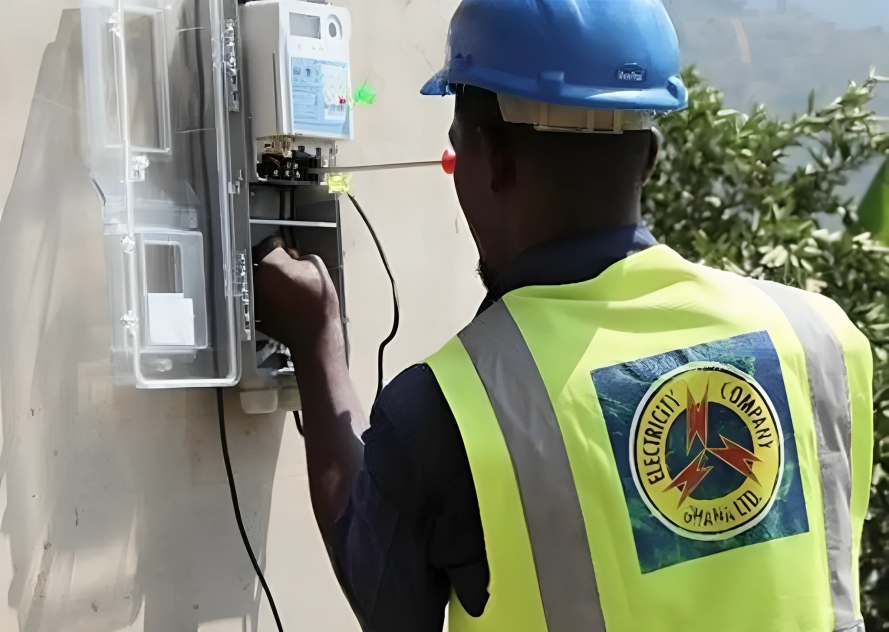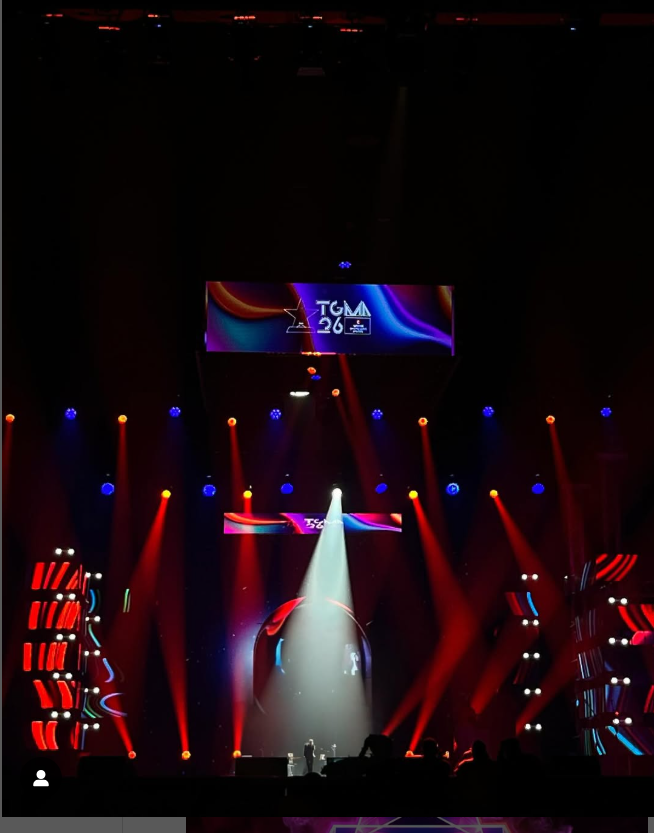

For years, the Swedish car company has been at the forefront of introducing the latest safety tech into its vehicles.
When you think of high-tech cars, you probably think of Tesla or BMW.
But there’s another automaker that is quietly becoming one of the industry’s most tech-centric brands: Volvo.
For years, the Swedish car company has been at the forefront of introducing the latest safety tech into its vehicles.
But the car company’s tech savviness extends beyond just its safety systems. Volvo is also investing in technology and partnerships that will make its cars more convenient, efficient, and autonomous.
The company's latest move includes its pledge that all new Volvo cars will either be fully electric or hybrid by 2019.
Here’s a closer look at how Volvo is quietly becoming one of the leading car companies in auto tech.
Volvo is going all in on electrified cars.
By 2025, Volvo aims to sell one million electrified vehicles. To help it meet this goal, the company plans to only sell fully electric and hybrid cars starting in 2019.
Volvo also plans to offer a plug-in hybrid version of every model, the company said.
Volvo plans to roll out its first fully electric car in 2019.
Volvo said in a press statement in April that its first fully electric car will be based on its Compact Modular Architecture (CMA), which is the platform the carmaker will use for its smaller 40-Series vehicles.
However, it is not clear whether Volvo will actually use the CMA platform for its first electric car, or if it will introduce another new platform that is even smaller.
The company also said in April that it will manufacture the vehicle in China and ship it around the world.
While details about the vehicle are still sparse, the company has revealed that it will have a range of about 250 miles per charge and price between $35,000 to $40,000, according to a report from Automotive News.
In total, the company will launch five fully electric vehicles between 2019 and 2021.
Volvo has said that three of these vehicles will be Volvo models and two will be Polestar vehicles, which are cars made by Volvo's performance division.
At least one of the three Volvo models is being developed on the company's Scalable Product Architecture (SPA), which is the same platform the company uses for its full-sized vehicles, like the XC90.
Volvo is sneaking up on Tesla when it comes to autonomous tech.
The company’s Pilot Assist II, which became available in Volvo's new S90 last year, will do all of the steering and braking at speeds of up to 80 mph.
The company's first generation semiautonomous system could only handle steering and braking for speeds up to 30 mph on the highway and it must have a car in front of it to follow. So it was really only useful when you are in stop-and-go traffic.
The updated system, though, is much closer to what Tesla offers, allowing the car to do the steering and braking on the open road up to 80 mph. It also no longer needs a car to follow to work.
The updated system, however, still needs clear lane markings to work properly.
The system comes standard in Volvo's S90 and is available as an option in the 2017 XC90.
Volvo has also partnered with Uber to develop self-driving vehicles.
Volvo and Uber teamed up in August to develop base vehicles that work compatibly with all of the latest autonomous-driving technology.
Both companies pledged to invest $300 million in the project. Volvo builds the new base vehicles and Uber then purchases the cars from the automaker.
However, Volvo will also use the new base vehicle for the next stage of its own self-driving-car strategy, which includes fully autonomous driving.
The company has been testing its autonomous-driving system, called Intellisafe Autopilot, internally for some time. But it launched a pilot program earlier this year that enables real customers to test out the technology.
Volvo launched its pilot program, called DriveMe, in 2017 in Gothenburg, Sweden earlier this year.
The pilot program still requires drivers to supervise their vehicle while it's in autonomous mode. However, data collected during the pilot is used to improve the system so the company can eliminate human supervision in just a few years.
"We will design and test for real outliers because just building and demoing a self-driving car, is not very difficult," Erik Coelingh, Volvo's senior technical leader for safety and driver-support technologies, told Business Insider.
"But building a self-driving car and saying that an ordinary customer can get behind the steering wheel, that means that the car should be able to deal with all thinkable traffic scenarios that occur on the road — extreme conditions in terms of weather and traffic scenarios, but also technical flaws in the system."
By 2020, Volvo plans to offer Intellisafe Autopilot to the public.
By 2020, Intellisafe Autopilot will enable the car to drive autonomously without the driver's supervision. However, a driver will likely only be able to activate the function in certain areas that are well mapped.
The company is investing in artificial intelligence to power its self-driving cars.
In 2016, Volvo announced it had partnered with chipmaker NVIDIA to use its deep-learning computers to power Intellisafe Autopilot during the DriveMe pilot.
NVIDIA’s platform for self-driving cars, which is called Drive PX 2, basically gives the car deep-learning capabilities. Deep-learning is a type of machine-learning where computers are able to teach themselves by sifting through tons of data.
This way the car can learn to identify different objects and situations so that it can continually improve. But expect Volvo's first driverless car to be extra cautious, just in case.
"Designing a self-driving car is very much about dealing with exceptional situations. And I think we will have a self-driving car that, in the early years, will be a very careful and polite driver," Coelingh told Business Insider.
"Safety is really at the heart of this development and we will let the car drive with sufficient safety margin so if you miss a turn or something it doesn't become dangerous."
In June, Volvo also announced that it had partnered with Autoliv, a company that builds safety system for cars, to help it create the software to power its self-driving cars.
Gradually, Volvo will also roll out some of the futuristic design elements it showed off in 2015 in its driverless car concept called Concept 26.
Some of the features included in the Concept 26 are a steering wheel that retracts, a seat that reclines, and a console that can transform into a large screen.
While Volvo won't roll out all of these features in its first self-driving car, Coelingh said none of the things included in Concept 26 are that far-fetched.
"These are really simple things. Things like getting more space by moving the seat backwards, moving the steering wheel in, you can do all of these things with little effort," Coelingh said.
"Concept 26 is pretty realistic in what you can do. It’s not like you have a swiveling chair or putting in a dining table. It’s still a car interior, but it provides you with a little bit extra."
Volvo is interested in more than just self-driving cars. It’s also investing in technology to make its cars more connected and convenient.
For example, Volvo's On Call app provides access to data about the car's condition and lets the owner control certain functions remotely.
Among other things, owners can use the app to view the car's location, fuel level, lock status, maintenance warnings, and to check if a window or door was left open. It can also be used to start the car remotely, control the car's climate, honk the horn, and flash the lights.
Volvo said it will offer a commercial vehicle that won’t have a key. Instead, the key is the driver’s smartphone app.
The Bluetooth-enabled digital key will make it so users never have to carry a key again. It will also allow owners to easily share digital keys with people they trust.
Volvo said in February that it was testing using the smartphone as a key and said at the time that it should launch a commercial vehicle with the technology sometime this year.
Volvo has enabled over-the-air software updates for some newer vehicles.
Volvo is integrating technology in its newer vehicles to enable over-the-air software updates. This allows the company to seamlessly install safety updates and new functions.
For example, last November, the company rolled out a software update that allows its vehicles to get over-the-air mapping updates as long as the vehicle is connected to the internet.
Over-the-air updates make customers' lives a lot easier, considering owners currently must bring their vehicles into a dealership for software updates.
For years, the Swedish car company has been at the forefront of introducing the latest safety tech into its vehicles. Read Full Story






































Facebook
Twitter
Pinterest
Instagram
Google+
YouTube
LinkedIn
RSS